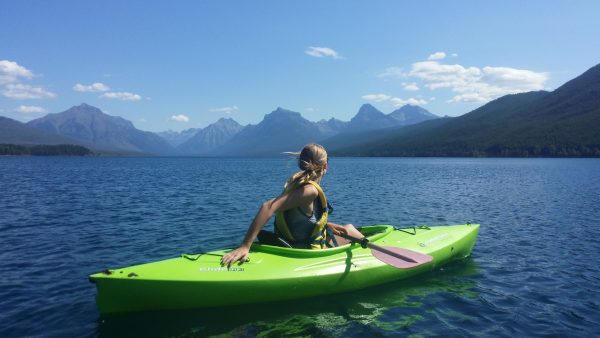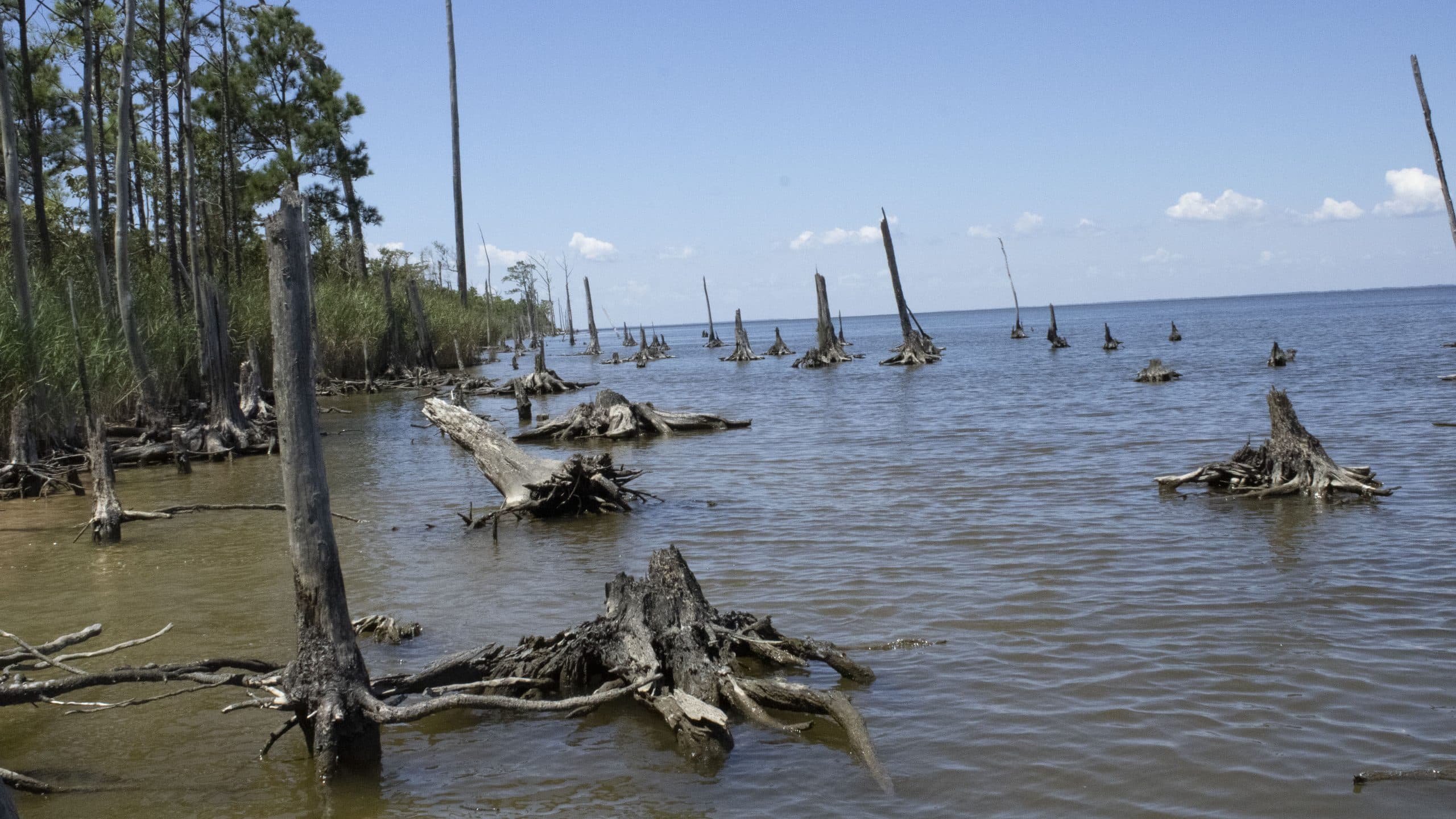Patterns of Use: New Research with Big Data Reveals Popularity of Federal Lands for Overnight Trips

America’s public lands, including national parks, national forests, and other historic and natural sites managed by the federal government, are extremely popular––and for good reason. Given these sites’ popularity for recreation, land managers must plan for large numbers of visitors each year and manage the sites in sustainable ways. To help them do just that, new research by NC State’s Stacy Supak and colleagues has drawn on a rich supply of previously untapped spatial data.
While pursuing a Ph.D. in Parks, Recreation and Tourism Management at NC State in 2010, Stacy learned of a little-known dataset that could help identify visitor characteristics, including how far visitors are willing to travel to recreate on specific federal lands: the National Recreation Reservation Service’s database. Whenever anyone makes an overnight reservation for camping or other lodging at any of the public lands managed by seven partner agencies (including the National Park Service, Bureau of Land Management, and Forest Service), they do so through a central online portal at www.recreation.gov. Since 1999, the portal’s database has kept records of these requests––numbering in the millions––for over 60,000 facilities at over 2500 locations. By tallying visits to public lands, and summarizing the zip codes of the requesters, the data offer a rich glimpse into how these lands are used.
As she began her analyses, Stacy recalls asking herself, “What can I squeeze out of this dataset to help improve management decisions or visitor experiences? Since nobody had squeezed anything out of the dataset?” As it turned out, the answer was a lot. “Not only can the data be used to understand who’s going to a park and who’s not going to a park, which could help government initiatives such as Every Kid in Park,” Stacy continues. “We can also look at it from the supply side, to do better planning and management. What are the most desirable places? Where will we need to expand future services to accommodate a growing population?”
In her 2015 article in the Journal of Destination Marketing and Management, Stacy examined approximately 7.5 million overnight reservations between 1999 and 2007. A new book chapter released this month “picks up right where the data left off,” Stacy explains, with new, more spatially precise data from 2007 to 2015.
For the book, Analytics in Smart Tourism Design: Concepts and Methods, Stacy and her chapter co-authors examined about 12.5 million new reservation records. Their findings confirm trends observed with the earlier records, while also revealing new insights. Specifically, the data clearly show when and where managers can expect the greatest demands on their facilities and natural resources. The work also revealed how far in advance visitors typically make their reservations; as may be expected, the lead times for reservations on major holidays such as Memorial Day, Independence Day, and Labor Day are appreciably higher than for the rest of the year. Usage rates were also found to vary around the country. Per capita, residents from the south-central Midwest, the West Coast, and portions of the Appalachian Trail make reservations on federal lands more often than residents from elsewhere in the U.S. Residents in the Midwest and southern Appalachians also tend to travel shorter distances to federal lands, making use of facilities that are close by their homes.
The trends that Stacy and her colleagues report, both in their 2015 article and 2016 book chapter, represent basic descriptive statistics and data summaries, displayed in a series of vivid graphs and maps. “Nothing is very complicated,” Stacy explains, stressing that analyses don’t have to be complex to be useful. In fact, demonstrating the potential of large reservation datasets to reveal enlightening patterns in visual ways is an important part of her mission. “We need to be doing these very simple tasks to improve visitor experience and help manage our natural resources,” she explains. “We should be doing this at different levels of US government and internationally. It’s really easy to do.”
Since 2014, Stacy has been a teaching assistant professor at the Center for Geospatial Analytics, where she crafts courses central to the center’s graduate programs and creates tools that people can use to meet real-world needs. “I like working on problems,” she says with a smile. She plans to follow up on this latest research by building a series of interactive web mapping applications that will help visitors use the historic reservation data to plan their trips to public lands and help managers better understand the characteristics of their visitors.
- Categories:


